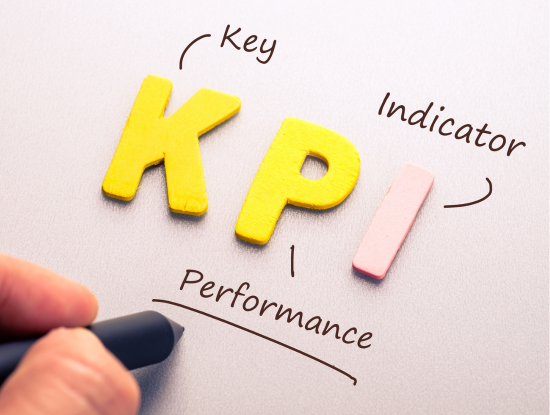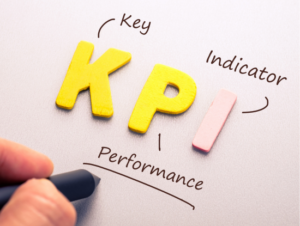
5 Key Tips for Effectively Setting OKRs and KPIs
 Tracking progress and evaluating different aspects of your company’s performance is essential to ensuring your business is on the right path. Not only does this help you stay aligned with your strategic vision, but it also allows you to make informed adjustments to secure long-term success.
Tracking progress and evaluating different aspects of your company’s performance is essential to ensuring your business is on the right path. Not only does this help you stay aligned with your strategic vision, but it also allows you to make informed adjustments to secure long-term success.
When used together, Objectives and Key Results (OKRs) and Key Performance Indicators (KPIs) form a powerful duo that can steer your company toward achieving its goals. Let’s break down how to use these tools effectively and why they’re vital for success.
Understanding the Relationship Between OKRs and KPIs
OKRs serve as the guiding framework for setting large-scale objectives, such as improving customer satisfaction or enhancing operational efficiency. KPIs, on the other hand, are the metrics used to track the performance of specific tasks or initiatives that contribute to achieving those objectives.
For instance, if one of your OKRs is to reduce customer churn by 10%, a related KPI might be monitoring customer support response times. This KPI helps you measure whether your efforts to improve service are driving the desired outcomes, ultimately supporting the larger OKR.
5 Crucial Tips for Setting OKRs and KPIs
Now that we understand the basic roles of OKRs and KPIs, here are five essential tips to guide you when setting them:
1. Understand that Progress Takes Time
Setting OKRs and KPIs isn’t a quick fix. Achieving significant goals often takes time and continuous effort. Don’t expect immediate results—view the process as a marathon, not a sprint.
To stay on track, conduct regular reviews of your OKRs—monthly or quarterly is ideal. This allows you to make necessary tweaks based on changing business conditions and shifting priorities, ensuring that both your OKRs and KPIs remain relevant.
2. Be Patient and Plan Carefully
OKRs and KPIs are not instant solutions to problems. They require thoughtful planning and a long-term mindset. Consider the time required for training or skill development as part of your strategy. For instance, a sales team may need weeks or months to become proficient in new strategies. Once they are trained, KPIs like sending out a set number of outreach emails or scheduling follow-up calls can be used to measure progress.
That said, if you find that certain KPIs, like the number of outreach emails, don’t yield the expected results, be ready to adjust them. KPIs should be dynamic, evolving based on real-time feedback.
3. Set Clear, Measurable, and Adaptable OKRs
Your OKRs should be both ambitious and specific. They need to be measurable so you can track progress, but flexible enough to allow for adjustments when needed. For instance, hitting 80% of your target could still be considered a success in many cases.
To make an OKR actionable, ensure it’s clearly defined. Instead of setting a vague goal like “improve employee engagement,” get specific, such as “increase participation in performance reviews from 65% to 85% by the end of Q4.” Then, create KPIs that directly support this target in a practical and measurable way.
4. Align Quantitative Measures with Strategic Objectives
OKRs are designed to reflect measurable outcomes that directly contribute to your company’s broader strategic goals. KPIs should focus on specific actions that drive these outcomes. For example, if your OKR is to enhance customer retention, your KPIs might focus on metrics like response time for customer queries, or the number of personalized follow-up emails sent.
Remember that both OKRs and KPIs must be rooted in measurable, quantitative data. This ensures that you can track progress with precision and make necessary adjustments as you go.
5. Foster Transparency and Communication
Clear communication is crucial when setting OKRs and KPIs. Make sure that everyone in your organization understands what success looks like and how it will be measured. Share your OKRs openly and explain the steps (KPIs) that will help achieve them. By involving your team in this process, you can drive accountability and alignment, ensuring that everyone is working toward the same end goals.
OKRs and KPIs are essential tools for driving business success, but they require careful planning, regular evaluation, and flexibility. By setting clear, measurable goals and aligning them with actionable KPIs, you can maintain focus and steer your company toward sustained growth. Stay patient, communicate openly, and be prepared to adapt as conditions change, and your organization will be well-positioned for long-term success.



